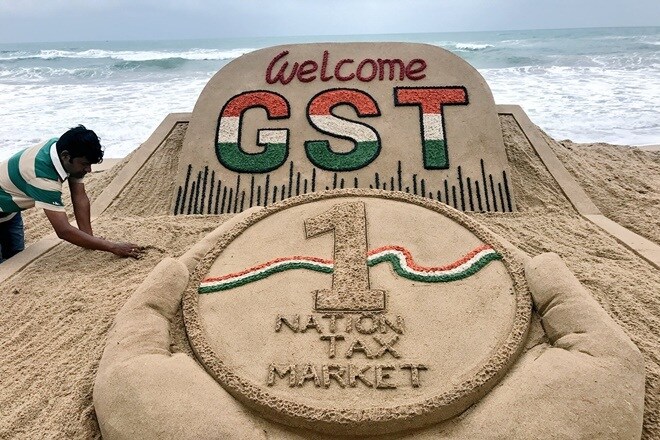One year of GST: Over and over again, the Narendra Modi government said that under the Goods and Services Tax (GST), one tax rate is not possible in a diverse country like India, and a majority of Indians seem to support this concept, except that they want tax rates to be brought to three from five. As many as 40% voted for a 3-rate tax structure, while only 19% advocated for a single-rate system, a survey by LocalCircles showed.
The Narendra Modi government faced a lot of criticism earlier this year when a World Bank report said that India’s GST regime with “higher tax rates and a large number of tax slabs” is one of the most complex among 115 nations with a similar tax system. This even brought a political opportunity for the opposition to make the poll promise of one tax rate. In March, Congress President Rahul Gandhi promised to bring single GST rate if voted to power in 2019.
Experts, however, advocate that single GST rate would not be a wise idea for India in coming few years. Abhishek Rastogi, Partner at law firm Khaitan & Co told FE Online that merging the 12% and 18% tax rates into one tax rate of 16% would lead to fewer interpretations and more clarity. India currently has five tax rates — 5%, 12%, 18%, and 28%. Some experts believe that multiple tax rates are not that much of a problem as much as levying cesses on top of GST tax slabs are.
There has been discontent with the regular shuffling of the GST rate slabs and the majority of the consumers want a three-slab rate,” the survey by LocalCircles based on 32,000 votes conducted in 220 districts in India said. The GST Council, the decision-making body for the GST with representations from all states, has done several rate rationalisation over a period of one year, with biggest one in November 2017, when over 200 products were brought down to lower tax rates from 28%, 18% and 12%.
However, 63% of Indians also said that their monthly grocery bill has not reduced after the GST even as it promised to remove the cascading effect of multiple taxes, while 54% said that the cost of services (mobile services, movie tickets etc) has increased in the last one year.
The GST came to effect on July 1, 2017, and the new indirect tax regime subsumed more than a dozen different taxes. There has been some indication of further rate rationalisation on account of tax buoyancy by the government.


